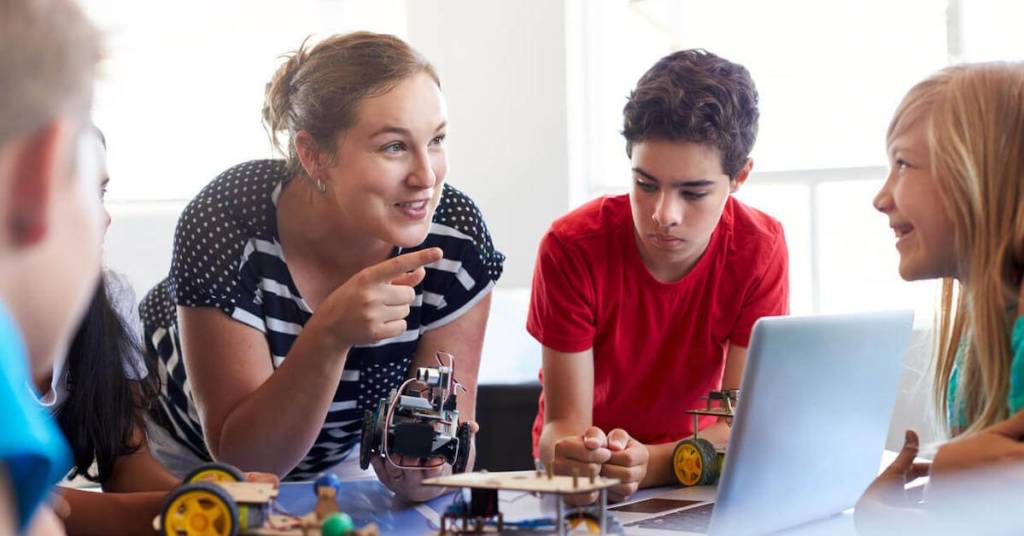Residue: Something that remains after a part is removed, disposed of, or used (remnant).
Question:
What will be the lasting technological implications and social impact from the COVID-19 virus in the North American Educational System after the cure?
Summary:
On January 20, 2020, a 35-year-old man who had returned from Wuhan, China, was diagnosed with the first confirmed case of COVID-19 in the U.S. As of July 13, 2022, there were at least 88,782,908 reported cases and over 1 million deaths due to the COVID-19 coronavirus in the U.S. (CDC, 2022).
The response to this pandemic in the U.S. has impacted every American in one way or another. The U.S. government and a number of states instituted mandates to “Stay at Home” and practice “social distancing,” which has prohibited large-scale gatherings, including the closure of businesses, churches, schools, and other educational institutions, the cancellation of trade shows, conventions, and music festivals, and the cancellation and suspension of sporting events and leagues.
Learning from the experiences of other countries impacted by the COVID-19 virus, the U.S fought to avoid a crash not only in its health care system due to overload, but also in its financial system, with the largest stimulus package in American history of $2 trillion dollars already passed by the U.S. government.
The implications of the virus have impacted large and small corporations, for-profit and non-profit businesses and the response has created an increased reliance on technology. The restrictions preventing employees to “Work from Home” have now reversed, with business and educational institutions turning to more online and video-conferencing platforms to continue daily operations.
The COVID-19 virus forced the U.S. to rethink how the nation does business, become educated, worship in churches and how to socialize, even with our closest friends and loved ones. People not in favor of online/digital technology and platforms (Online Skeptics), are now faced with the reality of strategizing a technological plan to keep their doors open or to remain in business during heavily restricted periods.
Even with the rollout of vaccines and boosters enabling a return to normalcy in certain respects, and more known about COVID-19 and its multiple variants, the New York Times recently offered a viewpoint shared by many people: “we’re still learning how to live with the virus.” What will be the lasting implications left behind by the virus?
The threat and subsequent response to COVID-19-impacted U.S education systems, and the resulting changes may very well become the “new norm.” The saving grace for most K-12 public and private schools, colleges and universities was the turn toward technology, where online education/remote learning could be viewed as a godsend.
We have limited knowledge in predicting the lasting technological trends and social implications caused by the virus when it is no longer a physical threat. Nonetheless, here are some questions to ponder what the “New Normal” could look like:
Possible Predictions & Implications
Education Systems (Schools and Colleges):
For many, online education has been considered secondary to in-class education, and there are studies that exist to confirm and refute that argument. Nonetheless, COVID-19 forced many schools and universities to quickly get up to speed on online teaching, learn best practices and course development, and employ synchronous tools to keep education moving forward.
- Is it possible that students, teachers, K-12 schools and colleges who once were skeptical, will employ more online curriculum and practices after having had the opportunity to experience this form of learning?
- While physical classroom attendance in colleges and universities has not seen any significant growth and perhaps even a decline over the last several years, virtual classrooms have either increased or remained steady. Will there be even a larger shift or increase of the virtual classroom and a continual decline of the physical classroom?
- Now that parents have been forced into a greater involvement in their children’s daily educational learning experience, will this persuade more parents to become teachers? Will we see a rise in homeschooling?
- Although much research exists on the benefits of education practices such as flipped-classrooms, low-stakes grading, and competency-based learning, the state accrediting agencies and boards are challenged with how to maintain standardization or meet learning outcomes in a virtual format. Will the scramble to rethink how we grade and assess students continue to employ “out-of-the-box” thinking and promote education reform?
The combination of the growing interest in eLearning and how it is essentially a necessity nowadays due to the pandemic, speaks volumes about its inevitable continuous growth.
As more providers, facilitators, organizations, and students realize the benefits of eLearning, it is not difficult to imagine an exciting future for global online education that provides everyone a chance to learn and excel.




![What is Educational Technology_ [Definition, Examples, Etc.]](https://onlinedegrees.sandiego.edu/wp-content/uploads/2019/12/What-is-Educational-Technology_-Definition-Examples-Etc..jpg)
